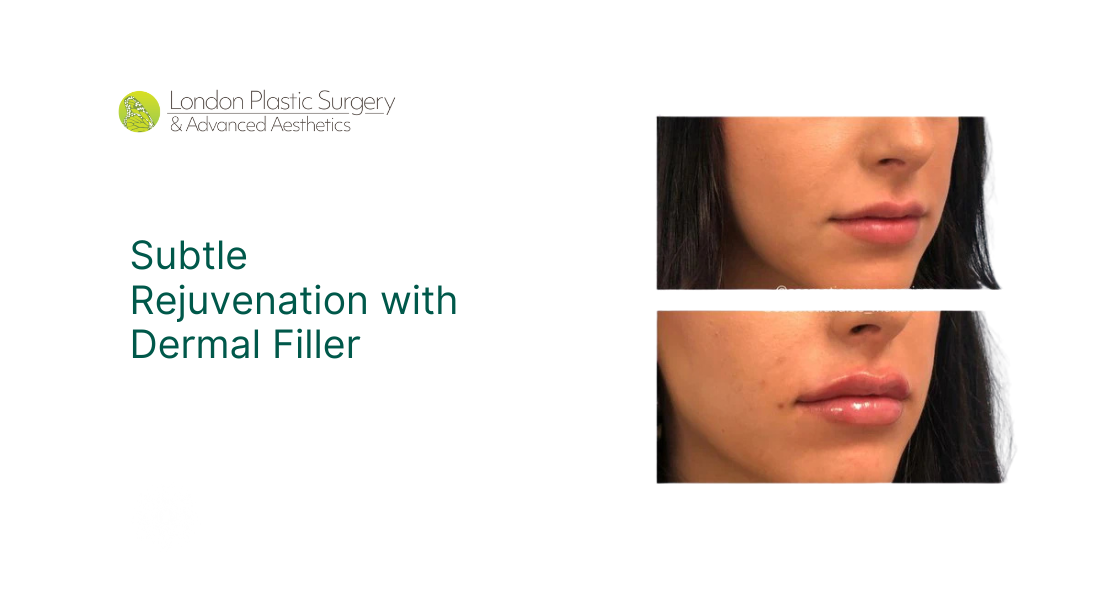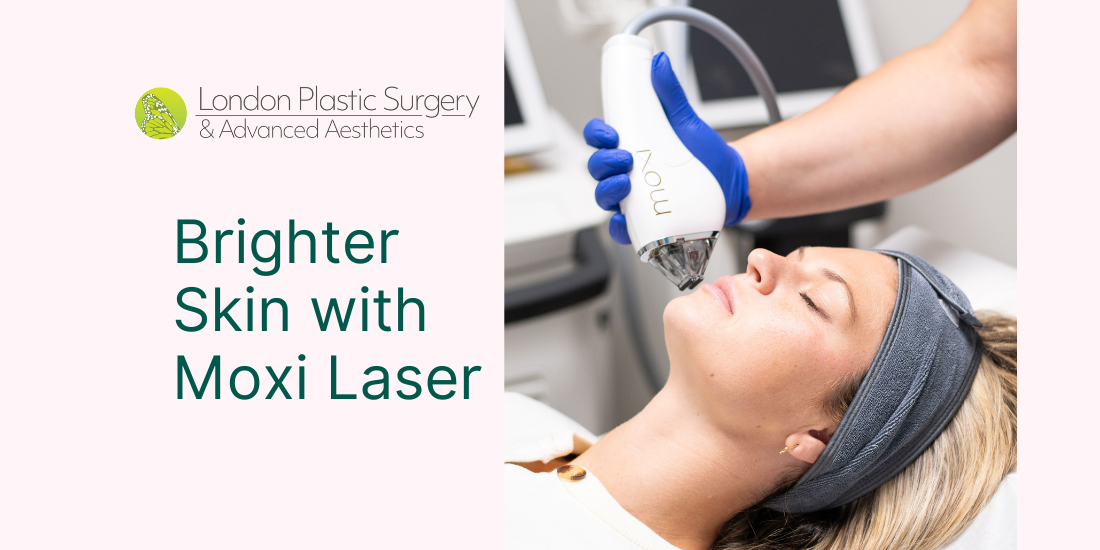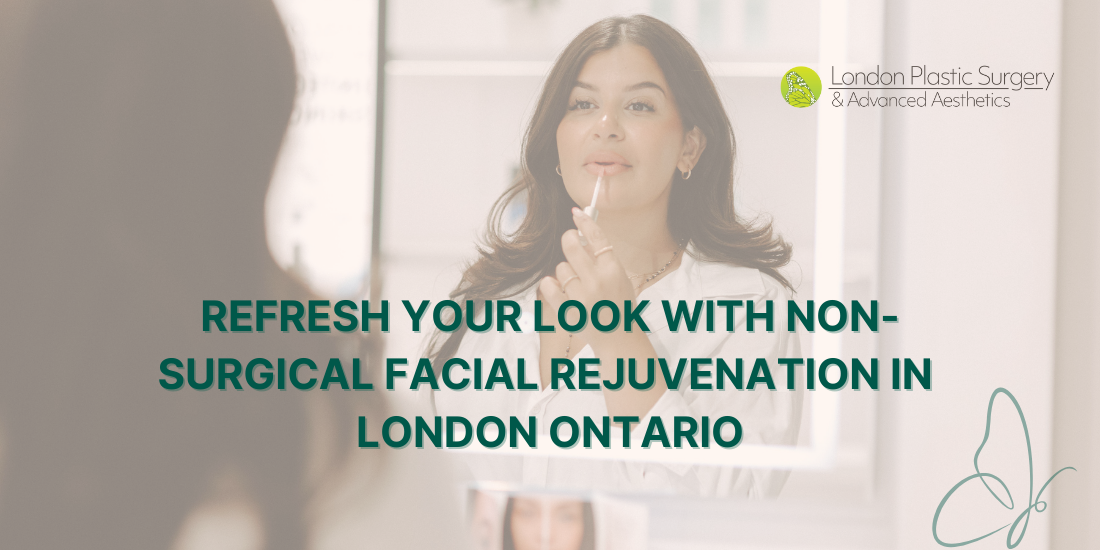If you are researching fillers for smile lines, you are likely hoping to soften the folds that run from the sides of the nose toward the corners of the mouth (nasolabial folds) without looking overfilled. This guide explains causes, options, what treatment feels like, and how results hold up, so you can decide with confidence. Want to see real results? Browse testimonials and before and after photos on our clinic page: dermal fillers smile lines.
What are "Smile lines" and why do they show more with time?
Smile lines, also called nasolabial folds, are the creases that run from the sides of the nose toward the corners of the mouth. They are a normal part of facial anatomy, and a few changes can make them stand out more over time.
Shifting support in the midface: cheek fat pads can sit lower with time, which deepens the shadow of the fold.
Skin quality changes: collagen and elastin decline, causing the skin to become thinner and less springy.
Expression and habits: years of smiling, speaking and sleeping on your side can etch the crease.
Genetics and Lifestyle factors: Face shape, time in the sun and sleep play a role.
You are not doing anything "wrong." These lines are a part of a dynamic, expressive face. The goal of treatment is to soften the fold while keeping your smile natural.
How fillers for smile lines work
Hyaluronic acid (HA) fillers are gel formulations that add gentle support under the skin. For smile lines, clinicians often:
- Rebalance the mid-face (cheek support) to ease the fold’s shadow
- Refine the fold directly with a softer, flexible gel where needed
- Blend edges for a smooth transition when you smile or talk
The technique is as important as the product: subtle placement restores light and shadow, making the area look refreshed, not “stuffed.”
Am I a good candidate?
You may be a good fit if your goal is to soften smile lines without surgery, keep your expressions natural, and see a freshened look with little downtime.
Before you book, let your clinician know if you are pregnant or breastfeeding, if there is a skin infection or a cold sore near the area, or if you have dental work scheduled in the next two weeks. Also mention any past reaction to hyaluronic acid fillers, and tell us if you already have filler in place that you would like assessed. Your clinician will review your history and advise on the safest timing for treatment.
What to expect on treatment day
Time: 60 mins, including consult, prep, and treatment.
Comfort: Most patients describe quick pinches and pressure; topical numbing and built-in lidocaine in many HA fillers help with comfort.
Aftercare: Small swelling or tenderness can last 24–72 hours. Pinpoint bruising is possible, so plan appointments around events. Gentle icing and sleeping slightly elevated the first night can help.
Back to routine: Many return to normal activities the same day; avoid strenuous workouts, saunas, and facial massage for 24 hours unless advised otherwise.
How long do results last?
Results are visible right away and continue to settle over 1–2 weeks as swelling resolves. Longevity depends on product choice, placement, and your metabolism—commonly up to 18 months.Touch-ups are straightforward.
Will it look natural?
A modern approach avoids overfilling the fold. Strategic support to the cheek, along with conservative refinement in the fold, keeps your smile animated and soft. Expect a fresher, less “tired” look rather than a frozen one.
Safety basics
Hyaluronic acid is reversible with an enzyme if needed. As with any injectable, risks include swelling, bruising, asymmetry, lumps, or rare vascular events. Choosing an experienced clinician who uses safe techniques and discusses warning signs is key. If you notice severe pain, blanching of the skin, or visual changes, contact your clinic urgently.
How many syringes will I need?
The number varies by face shape and goals. Many first-time treatments use 1–2 syringes split between cheek support and the fold. Subtle top-ups can use less. Your assessment will outline a phased plan to keep things natural and within budget.
If you are searching for “injectable fillers near me”
Use this quick checklist to choose well:
- You’re offered an in-person assessment and a review of your medical history.
- The clinician explains which product they would use, where it goes, and why that plan suits your face.
Before you book, your injector should walk you through risks, aftercare, and what to do if you have any concerns. Your plan should focus on overall balance and natural expression rather than only filling a single crease. Ask how follow-up works and, for hyaluronic acid fillers, whether reversal is available if needed.
Before and after — what to expect
Most people notice a softer fold and a lighter shadow. Makeup usually sits more evenly, and the area looks fresher as any swelling settles over one to two weeks. Deep structural folds may not disappear entirely in a single visit, but results that gradually build up often look best.
Your next step
If this overview helped, book your session today. You’ll find information on who performs the treatment and the appointment length. Our team will be happy to answer any questions during the appointment.
Thinking beyond filler
If you also want to improve texture or overall tone, ask about pairing your plan with Microneedling for texture and Laser Technology for tone and sun damage.




